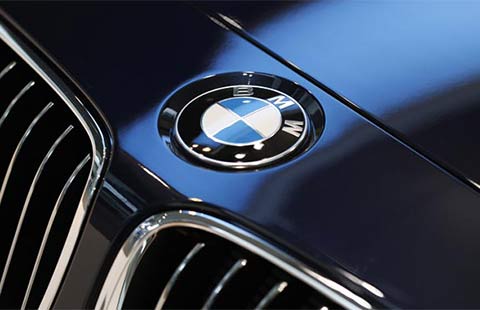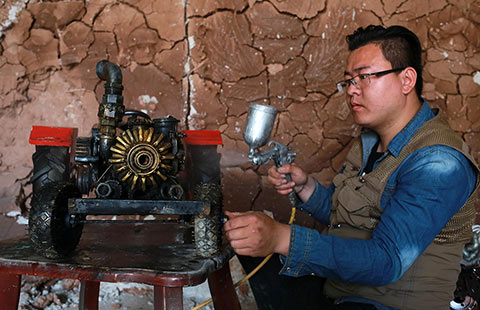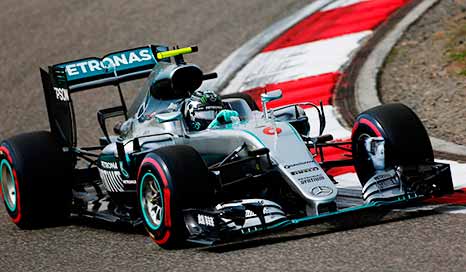Not China-bashing again!
By Mike Rowse (chinadaily.com.cn) Updated: 2016-02-02 10:04It's US election season again (when isn't it?), so it must be time to beat up China on everything to do with economic and trade matters.

Now I would be the first to agree that the Beijing government has made a couple of mistakes recently, and I'll come back to these in a moment together with my suggestions on how to fix them. But some of the claims being made especially by Republican presidential candidates during their debates are simply so far away from the truth that they must be corrected.
For example more than one candidate has stated as fact that China has kept its currency artificially low so as to gain an advantage in international trade. Front runner Donald Trump has even pledged to impose tariffs on Chinese products to "level the playing field", notwithstanding that this would be contrary to all the rules of the World Trade Organisation. It is correct that the renminbi has slipped by about 6 percent against the US dollar in the past few months, but that follows a rise of more than 20 percent in recent years so the net position is still a gain of around 15 percent. In fact a true reading of the position is that the renminbi has been pulled up by the strong dollar and most economists would say it is probably now over-valued compared with most other currencies.
Some observers have blamed China's reduced purchases of commodities for the fall in world prices, most spectacularly that of oil from well in excess of $100 per barrel to around $30. Yet our imports last year were equivalent to 6.7 million barrels per day – a record high. The real reason for the sharp decline in price is the substantial increases in supply. OPEC has continued to pump oil from the ground to try to force high cost producers like the American shale companies out of business. This policy has begun to work, but the newly improved relations with Iran promise to bring fresh supplies to world markets to take their place. As China rebalances the economy to put more emphasis on the service sector, and less on domestic infrastructure spending, it inevitably needs less steel (and hence iron ore) and concrete than previously. However as the Belt and Road initiative starts to take off, some of the slack will no doubt be taken up by projects in countries along the routes.
Some have talked up the prospects of India taking over from China as an engine of global economic growth. Nobody wishes India ill, and it would be good for everyone if the country's economy could enter an era of prolonged substantial growth such as China has enjoyed over the past 35 years. Yet the figures are not encouraging, at least in the short term. In 2014, the last year for which the International Monetary Fund has figures for all major economies, the USA was the world's largest with GDP of just over US$17 trillion. China was second with just over $10 trillion, ahead of Japan stagnating on $4.6 trillion. India? Well down the list at number nine with GDP of $2 trillion. In other words, even if Prime Minister Narendra Modi is able to galvanize the Indian economy to achieve growth close to 10 percent - and most observers believe this target is unlikely to be reached - the result will be an increase in global economic growth equivalent to $200 billion. That is equivalent to Chinese growth of just 2 percent, whereas even the doomsayers are talking of 5 percent against the target of 6.5 percent. The truth is the upper end of US growth forecasts (2 percent) would produce less of a lift to the world economy than 5 percent growth for China.
- S African pledges to support Chinese-funded automobile plant
- Interest for overseas property high despite rising prices in Chinese market
- German investor confidence lifted by positive signs of China's economy
- Vietnam spends $10.7b on Chinese imports in Q1: statistics
- Australian govt to closely scrutinize sale of cattle empire to Chinese firm
- BOC approved to set up local branch in Brunei
- China Unicom forecasts Q1 profit drop
- Finance minister: China and US rely on each other

















